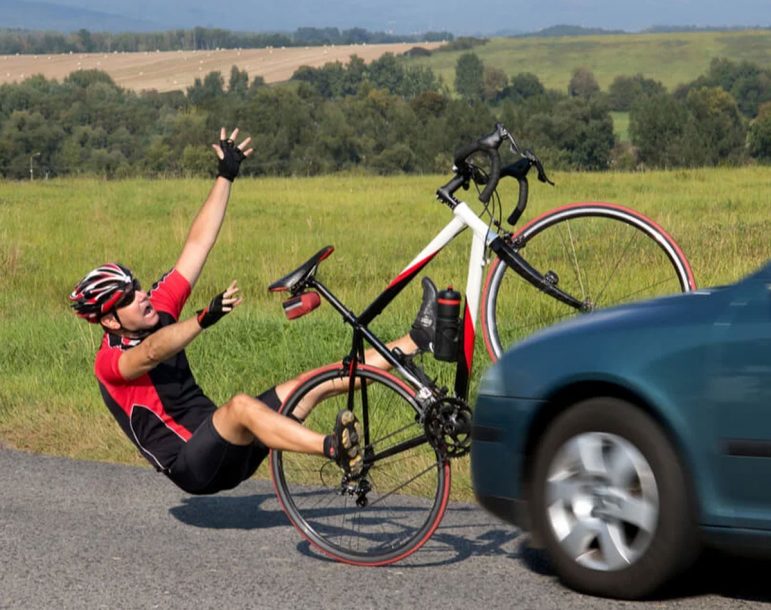The number of fatal accidents with bicycles is increasing throughout the country. Deaths caused by bicycle accidents increased by 12.2% in 2015 according to the Governors Highway Safety Association.
Mortality rates also rose sharply for cyclists over twenty years old between 1975 and 2015. Interestingly, mortality rates fell sharply during the same period for cyclists under twenty years of age. It remains to be seen whether this is due to a change in the average cyclist’s age, effective child safety programs in bicycle handling or other factors. What is known is that cyclists face deadly risks every time they hit the road.
The period immediately following any traffic accident is confusing, chaotic and overwhelming. By knowing what to do, you can take control of the situation, increase the chances of a healthy recovery and protect your legal interests.
First, it is critical that injury victims have access to the necessary medical care.Then, give your statement to the police officers who come to the scene. In the case of a hit and run accident, obtain as much information as possible. A description of the driver or vehicle can help the police identify the driver who fled. A license plate number is particularly useful in this regard. Finally, go to an urgent care center or an emergency room if necessary to obtain medical treatment. Injury victims should also consult with their primary care physician and specialists, to ensure that they receive appropriate medical care immediately.
Better safe than sorry
These tips can help you stay safe on Houston roads:
- Both your bike and your safety equipment should be suitable for you. Make sure children have helmets that fit well with the size of their heads.
- Always wear a helmet. The United States Department of Transportation reports that wearing a helmet reduces the chances of suffering a head injury by 50%. It also reduces the chances of suffering an injury to the head, neck or face by 33%.
- Make sure your bike and equipment are in good condition. Pay special attention to the brakes and the chain. The tires must be completely inflated and free of debris.
- See and be seen. Drivers do not always expect to see bicycles on the road. The use of light-colored clothing or reflective devices such as wristbands or safety vests will help drivers see you. Be especially cautious when driving at night.
- Cyclists must also drive defensively: never assume that a car will give you the right of way, even if they are legally required to do so. Always pay attention to your surroundings. You should also avoid unpredictable movements, as this makes it even harder for cars to react. Signal your movements whenever possible.
- Be cautious in parking lots or when passing vehicles parked along the street. Vehicle doors can open unexpectedly since drivers usually focus their main attention on the actual parking lot, the street, or other cars. Leave enough space between your bike and parked vehicles. Be extra careful when a nearby vehicle is backing up.
Cyclists can have numerous options for recovering damages, including the personal injury protection (“PIP”) benefits of the motorist guilty of the accident, as well as the uninsured or under-insured driver’s coverage on the vehicle, even though the driver may not have been behind the wheel.
If you or a loved one has been injured in a bicycle accident, you have legal rights that must be protected. Contact P&M Law and our experienced accident lawyers will fight to get you fair compensation for your injuries and losses. Please contact us at 832-844-6428 or text our attorneys directly at 832-438-3012.

